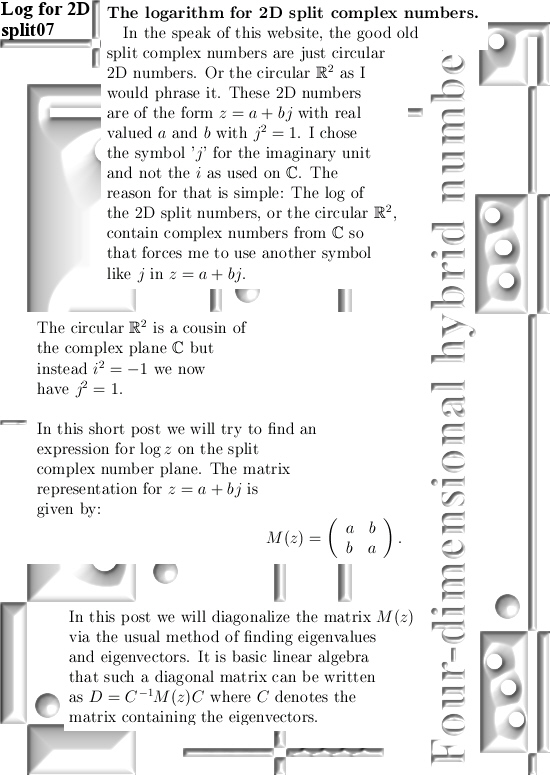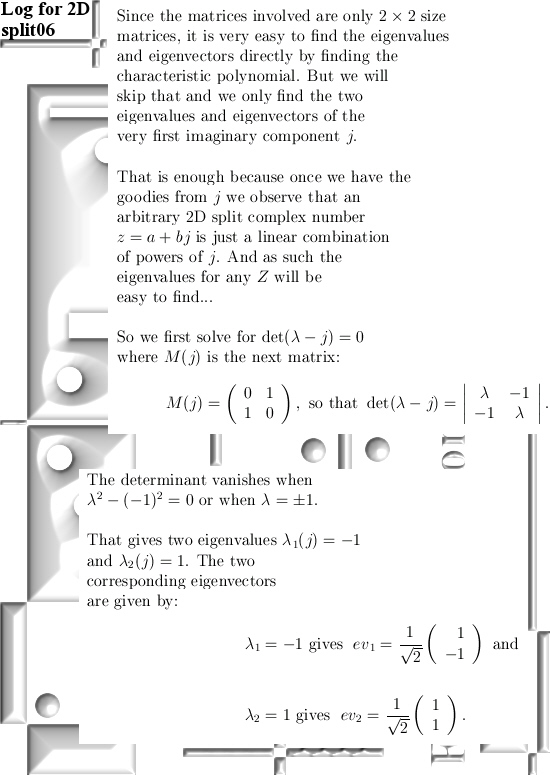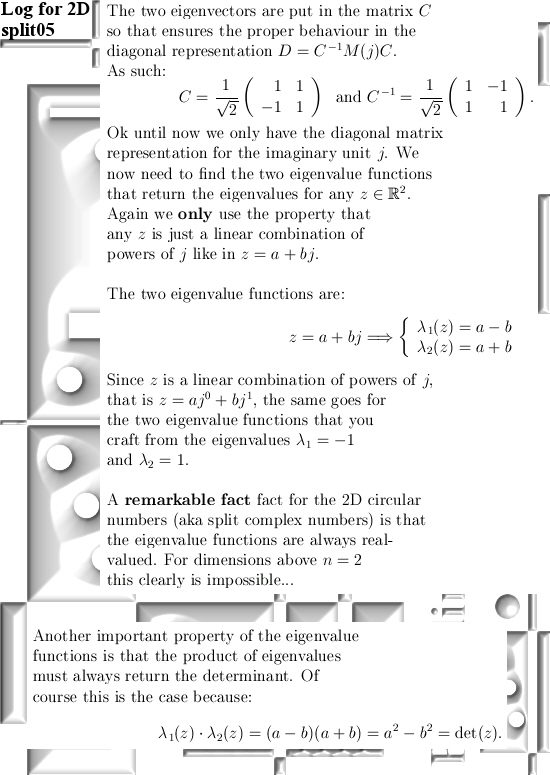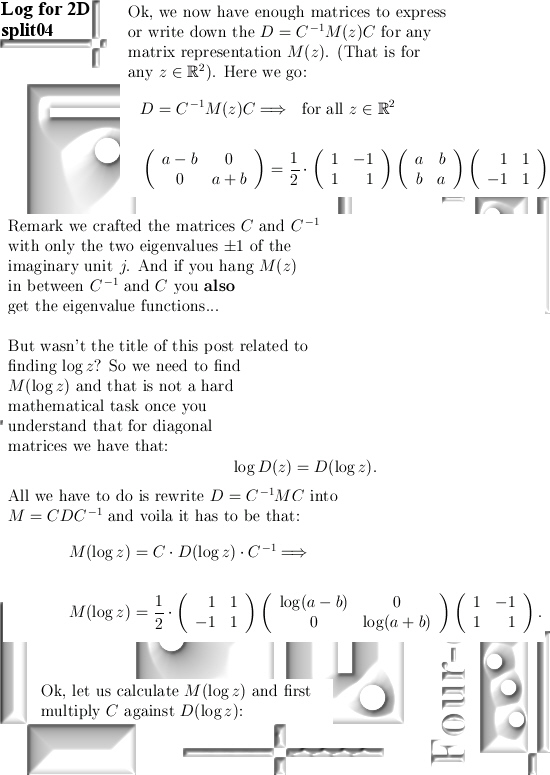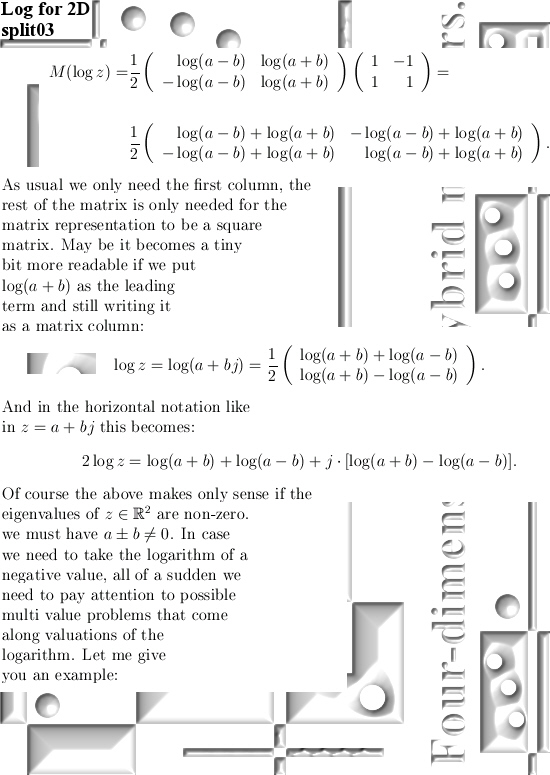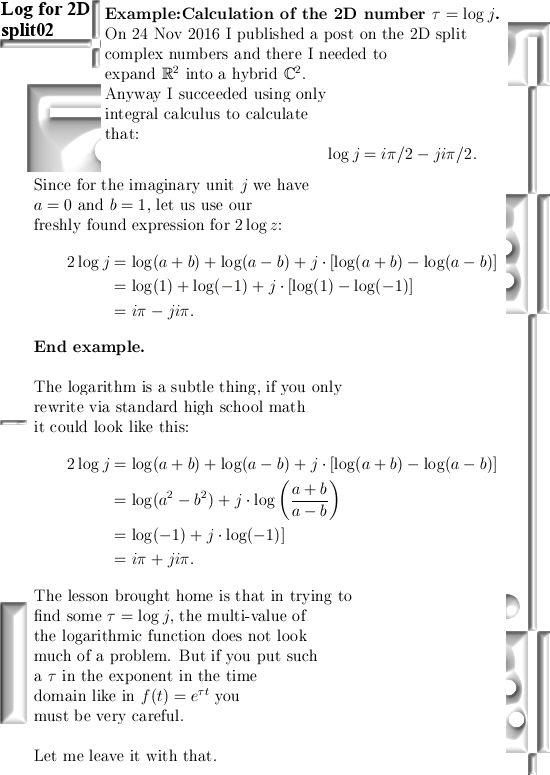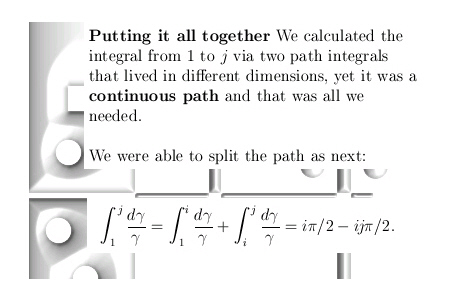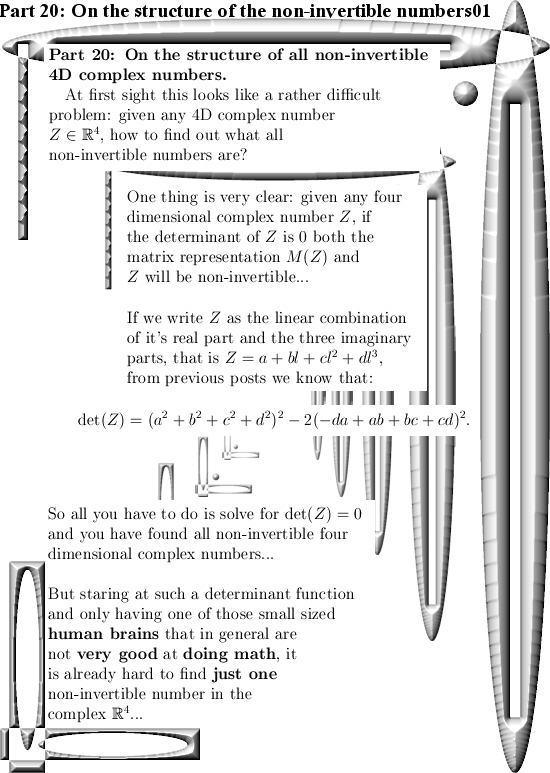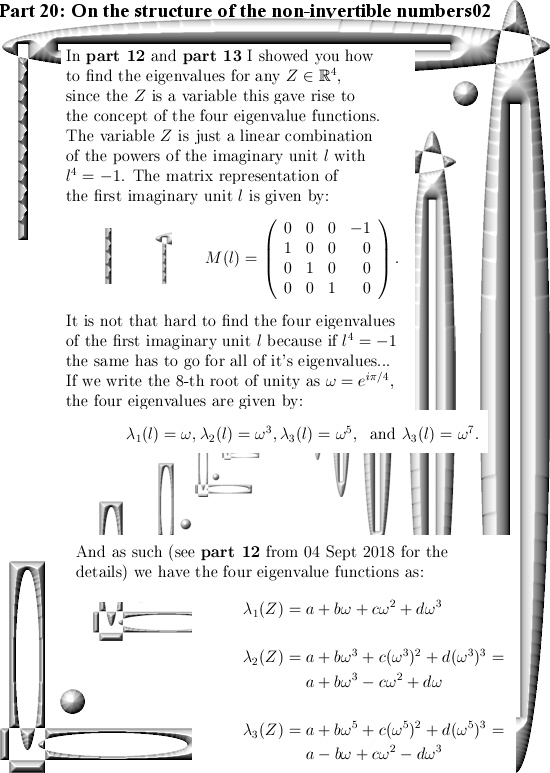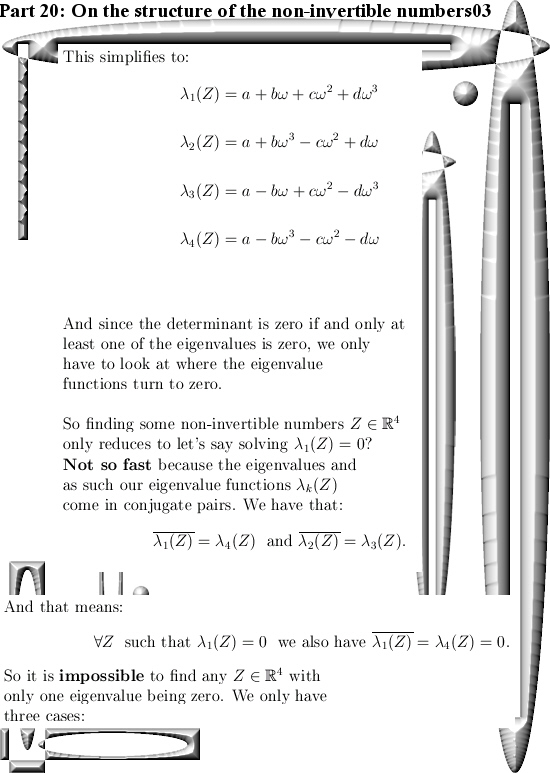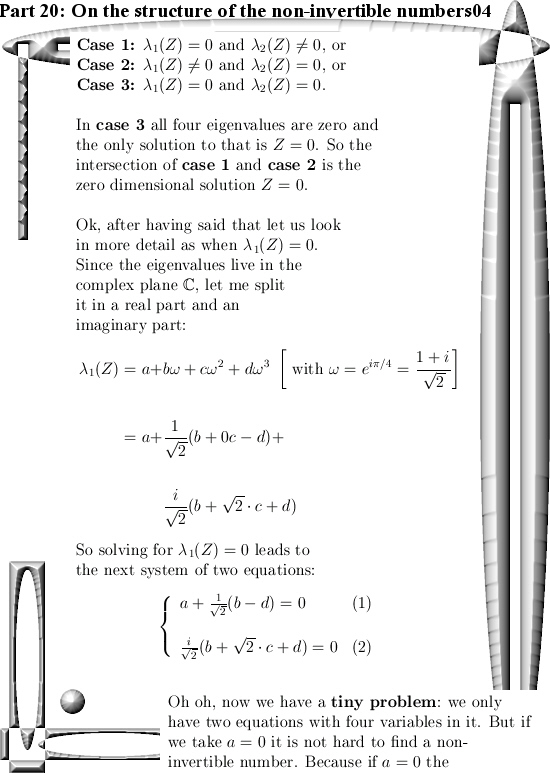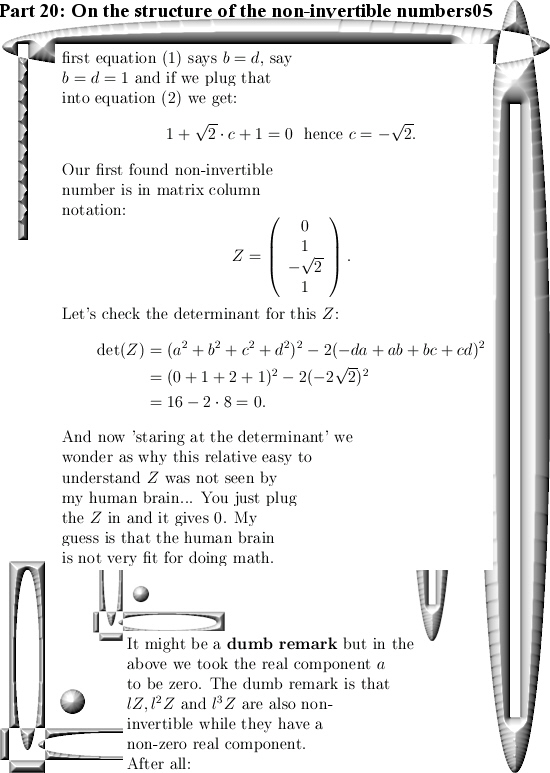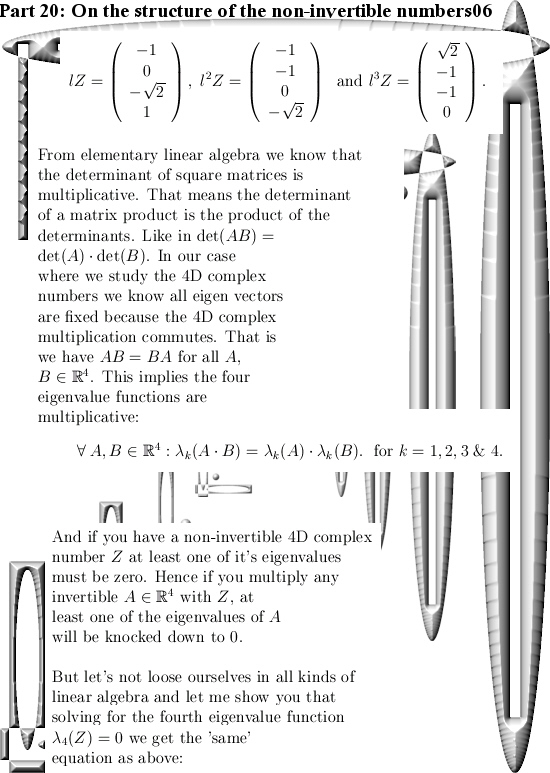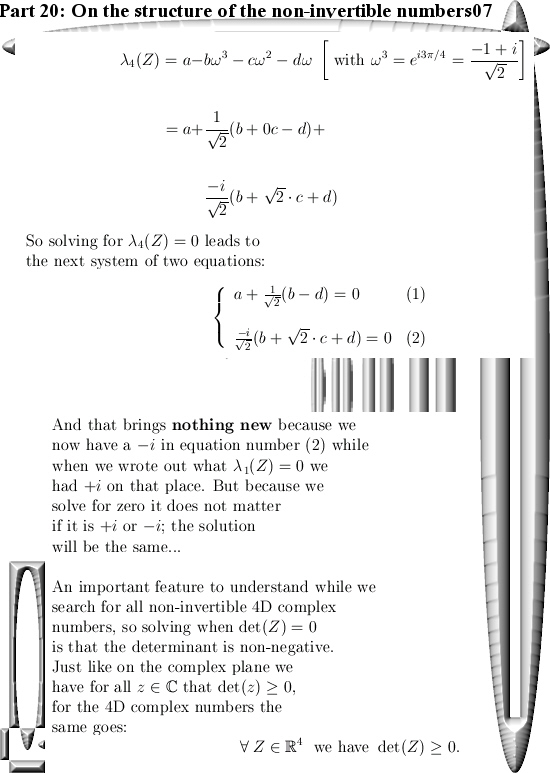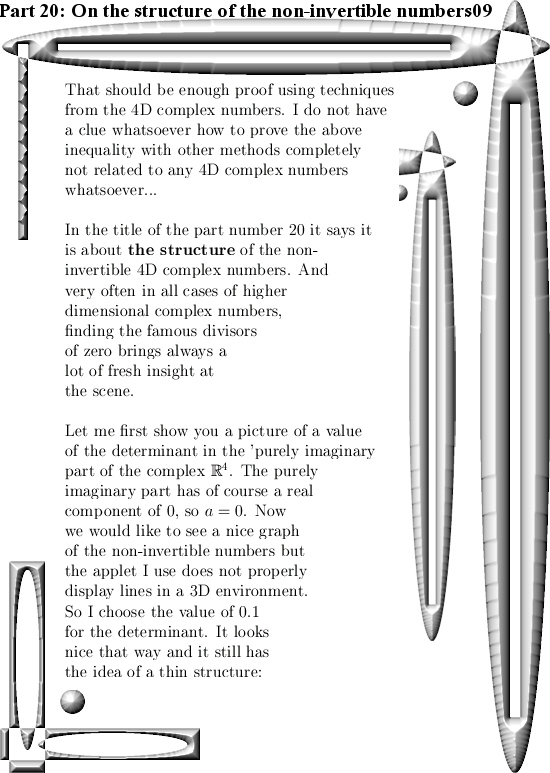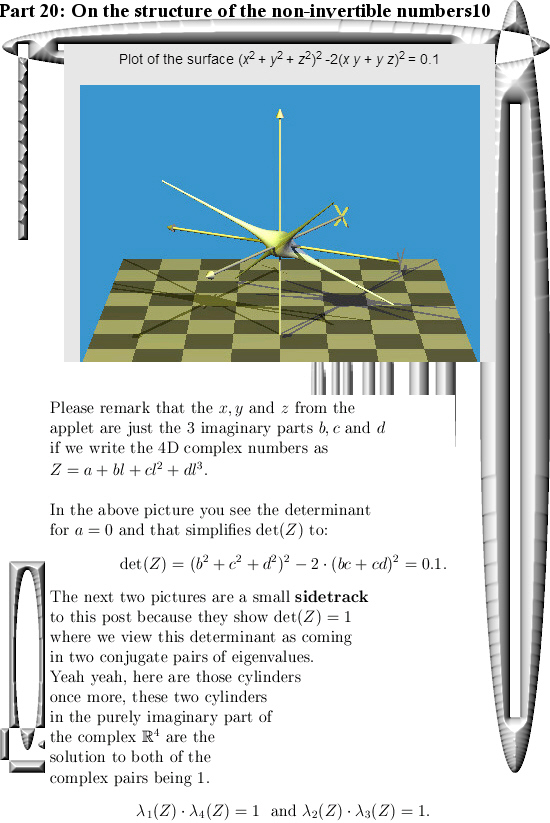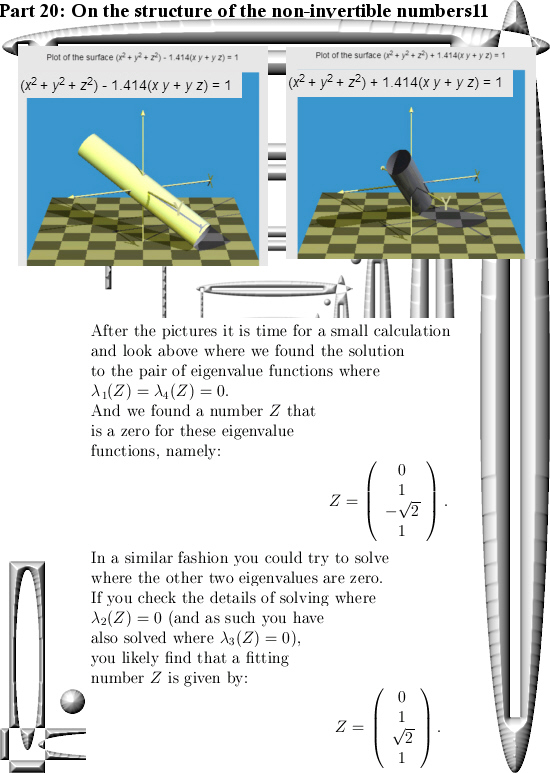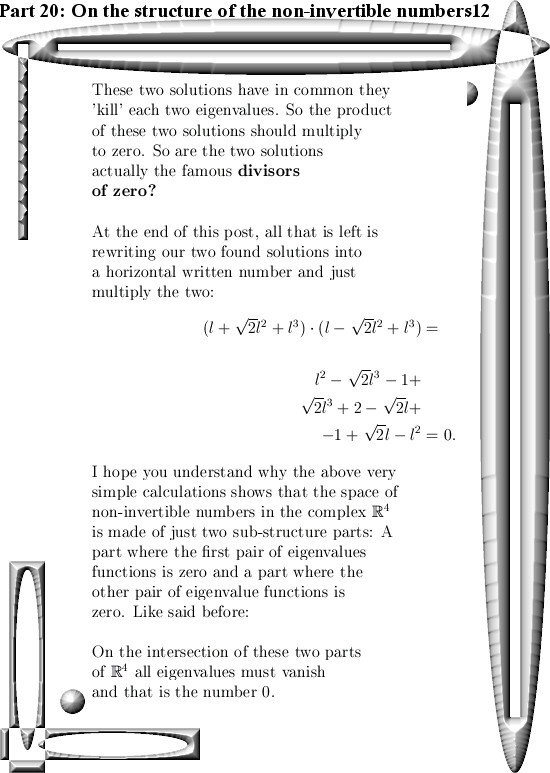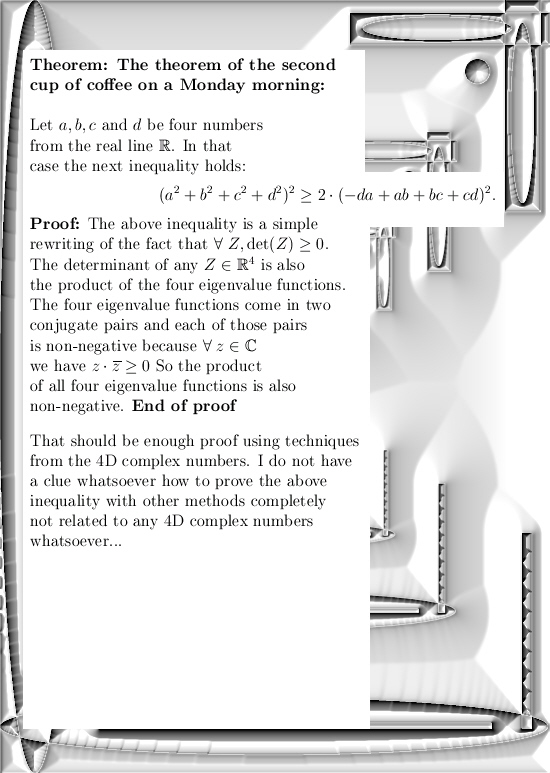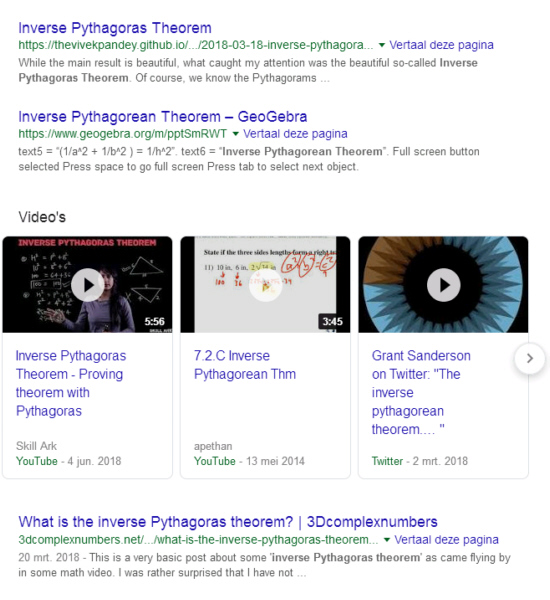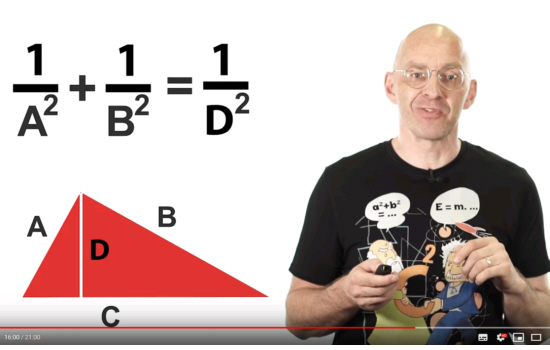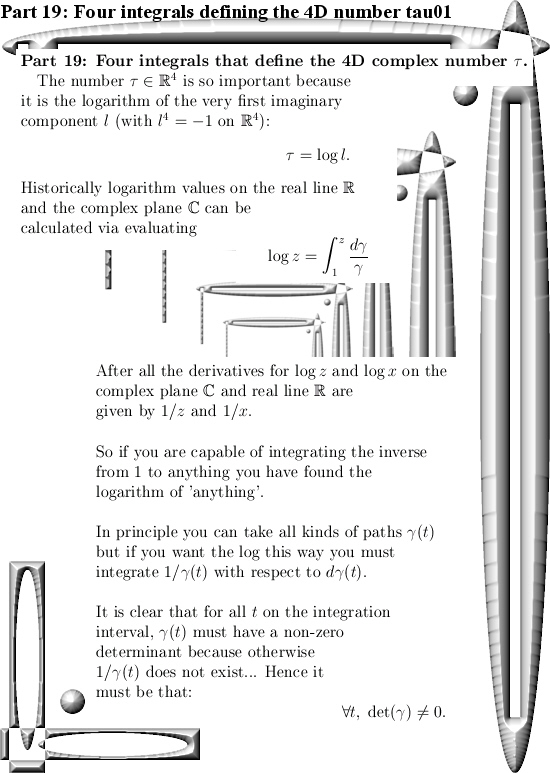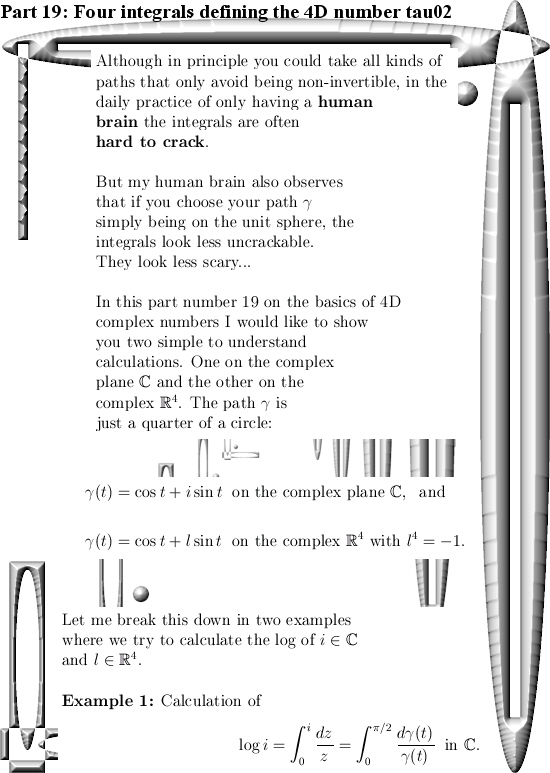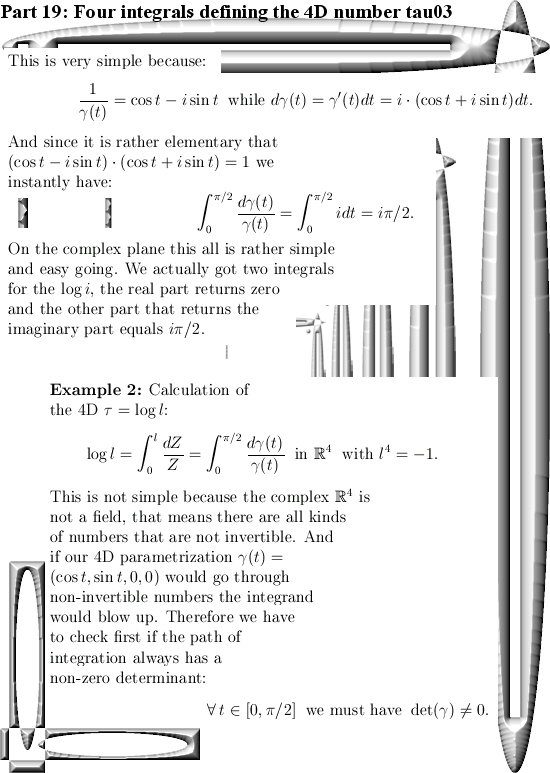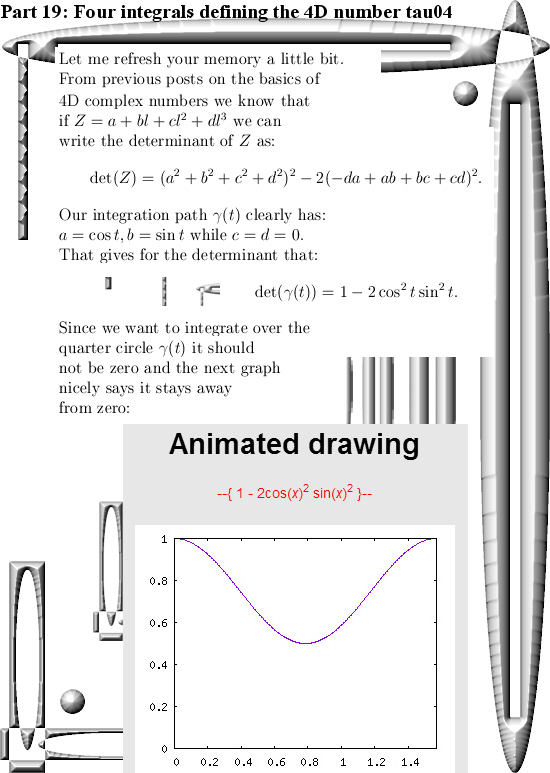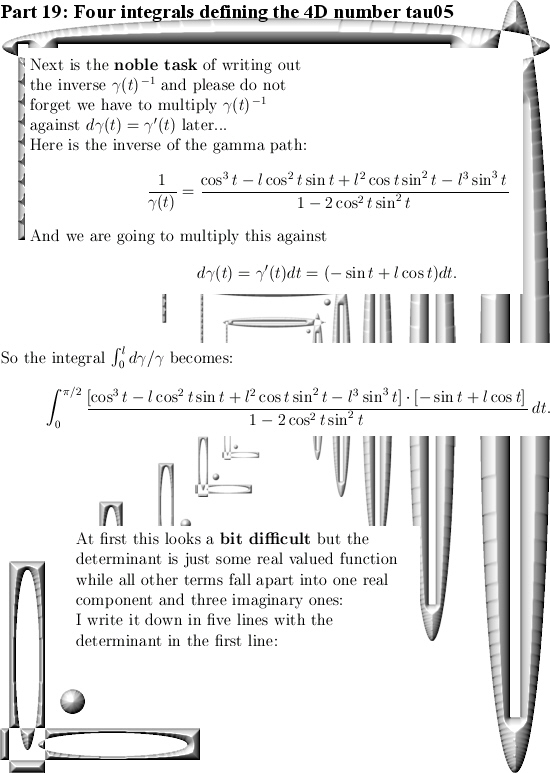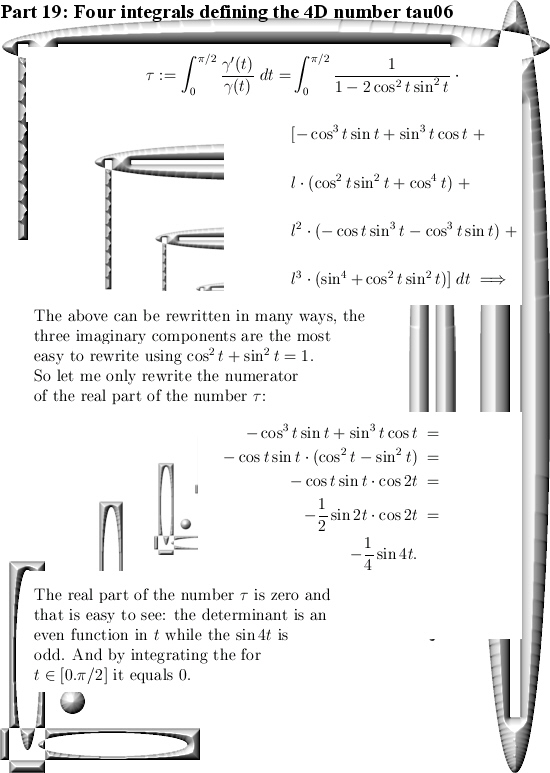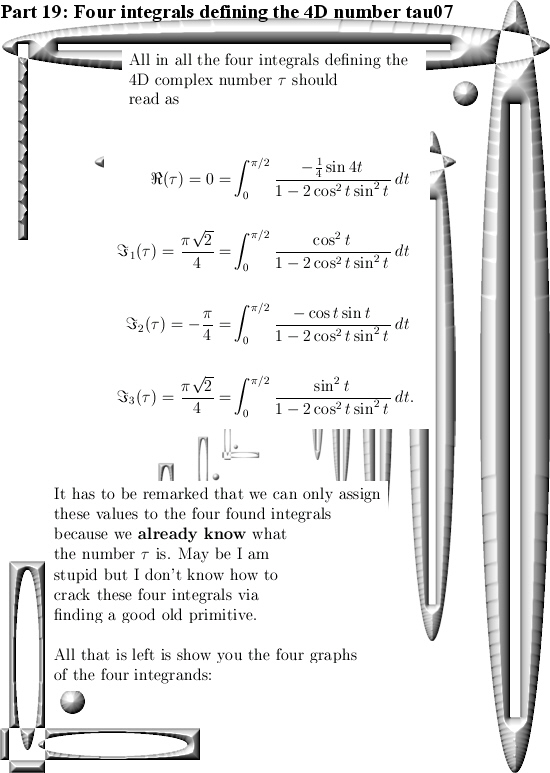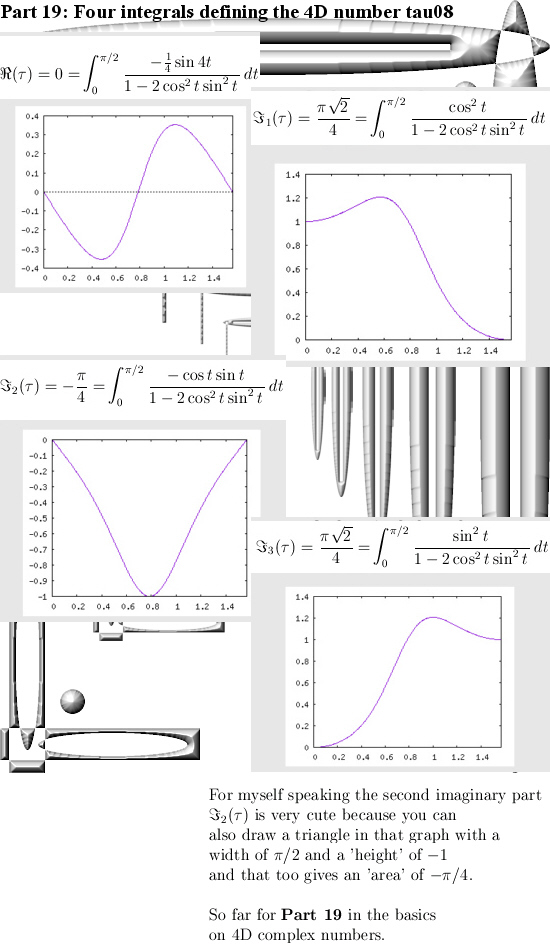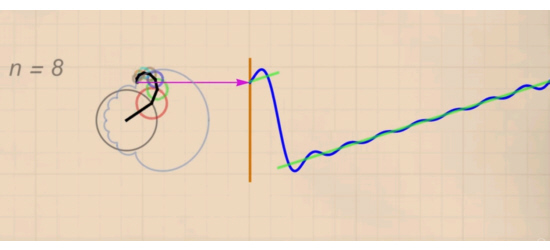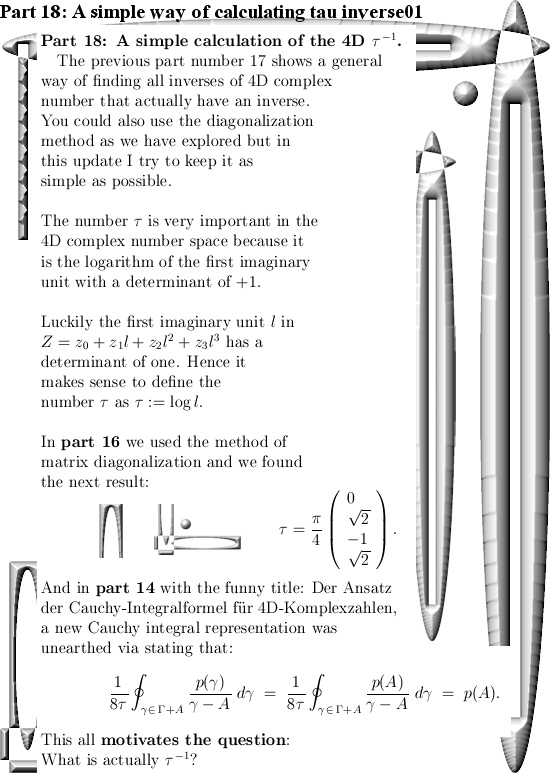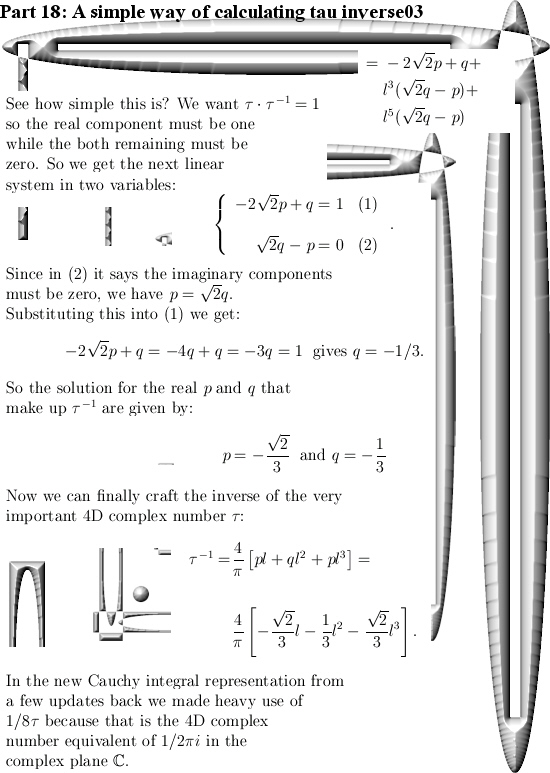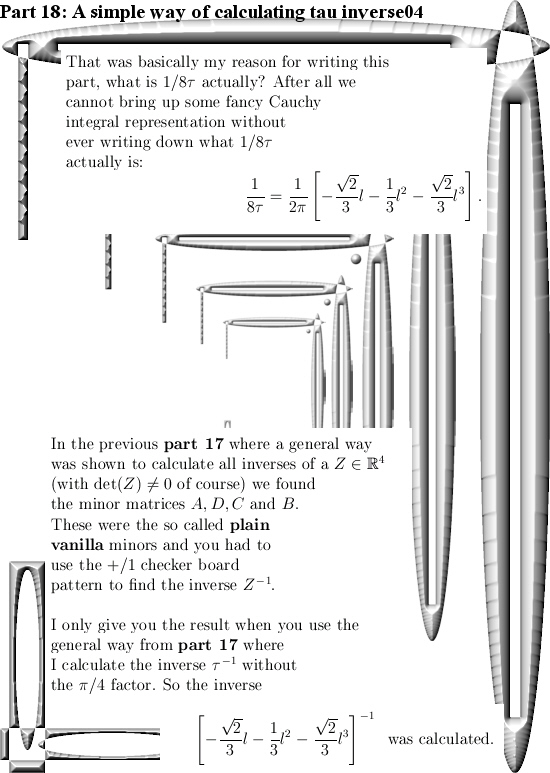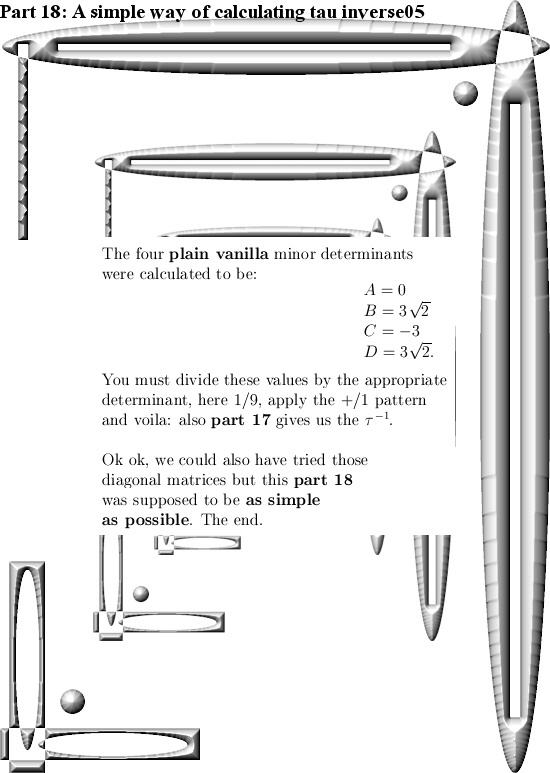Today the Youtube channel SciShow had one more video out on quantum mechanics and as such the famous cat of the Schrödinger cat in a box problem comes along once more.
As usual we are told the cat can be in a super position of being alive and dead at the same time. I wonder why people think that this can be true, as far as I know history the Schrödinger guy came up with this example as an antidote as being everything into a super position…
I suppose you already know what the cat in the box setup is. The cat dies if just one radioactive atom decays yes or no. If you are outside of the box it makes sense to use a probalistic model of the situation, but does this mean that in reality inside the box the cat is dead and alive at the same time? After all the cat will be the very first to observe if radio active decay has happened because as soon as it does the state of the cat goes from alive to dead. So inside the box there is at least one observer present and as such all quantum states we are interested in (radio active decay yes or no) is constantly measured all of the time.
For myself speaking I use the fact that a cat cannot be in a super position of being alive and dead as an example that an individual atom cannot be in a state where radio active decay has passed yes or no.
That does not mean quantum particles cannot be in super positions, for example photons behave often like they took all possible paths to arrive somewhere. But as soon as there are all kinds of different energy levels involved this becomes more and more problematic. For example can a particle be in a super position of being a neutron and a proton? Can a particle be in a super position of being an electron and a positron? Can a particle be in a super position of being a hydrogen ion (a proton) and a plutonium atom?
Energy is at the heart of the quantum measurement problem: In order to measure a quantum particle some kind of interaction with the particle must be there. This interaction changes (or not) the state of the particle. It is a bit like this: Suppose I am sitting in my home country and I have to measure the length of some grassfield in Germany or Belgium but I can only use atom bombs for that. No matter how smart I craft my grass length measuring device, the giant explosions from the atom bomb will bring a great uncertainty in the outcome of the measurements… Here is the video:
Ok, now for the lesser known but rather interesting envelope exchange problem. In a nutshell it goes as next:
You can choose one of two closed invelopes and they contain money. The only thing you are told is that the amount in one of the envelopes is double that of the other envelope.
Now you play the game and you choose one of the envelopes, let’s say it contains 100€. You are asked by the quiz master if you want to keep those 100€ or that you want to change your choice and go for the other envelope.
You think about that for a few seconds and you figure out: If this envelope has 100€ and given the rules of the game, the other envelope contains 50€ or 200€ with equal probability of 50%. Suppose I want to swap to the other envelope, what is my expectation for the amount of money? That is simple, both 50€ and 200€ have 50% probability so the expectation of swapping becomes 0.5*50 + 0.5*200 = 125€. Therefore it makes sense to swap and choose the other envelope.
But hey, whatever envelope you choose at first and you find X money in it, isn’t it weird to swap that always? If you would have chosen the other envelope you would also swap…
This envelope swap problem or paradox has a relative simple solution: You assume equal 50% probabilities for having double or half the amount of money you found in the first envelope. But in that case the whole thing crashes because you are now calculating with three outcomes: the 100€ from the first envelope and two other amounts 50 and 200 Euro while there are only two enveloples. It is unwise to calculate the expectation values because the 50€ and 200€ exclude each other: if the outcome 50€ is observed all of the time the 200€ was non existant. And as such the expectation value makes no sense for an individual experiment.
Ok, let me end this post with a standard wiki around the two envelope thing: Two enveloples problem. https://en.wikipedia.org/wiki/Two_envelopes_problem
End of this post.
